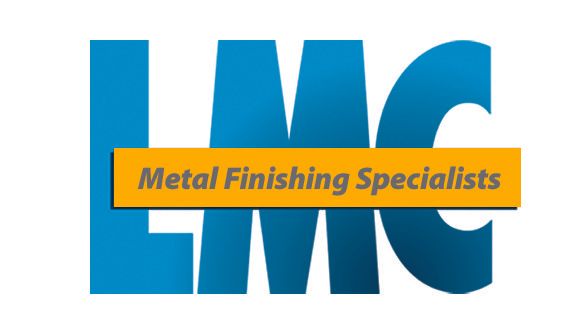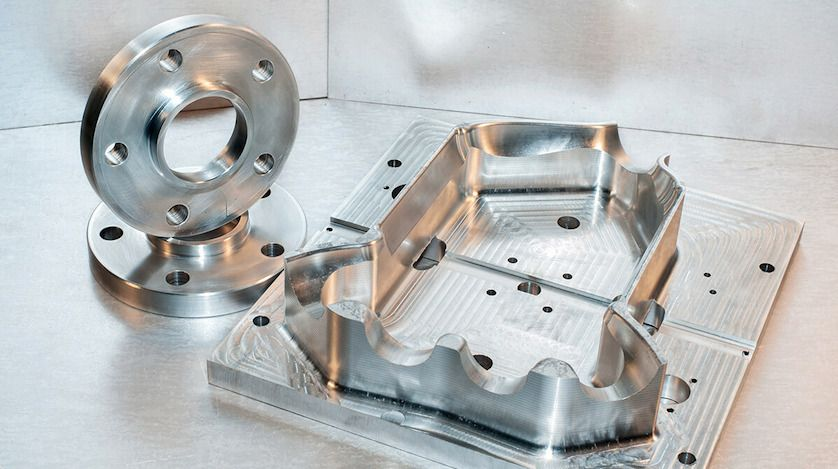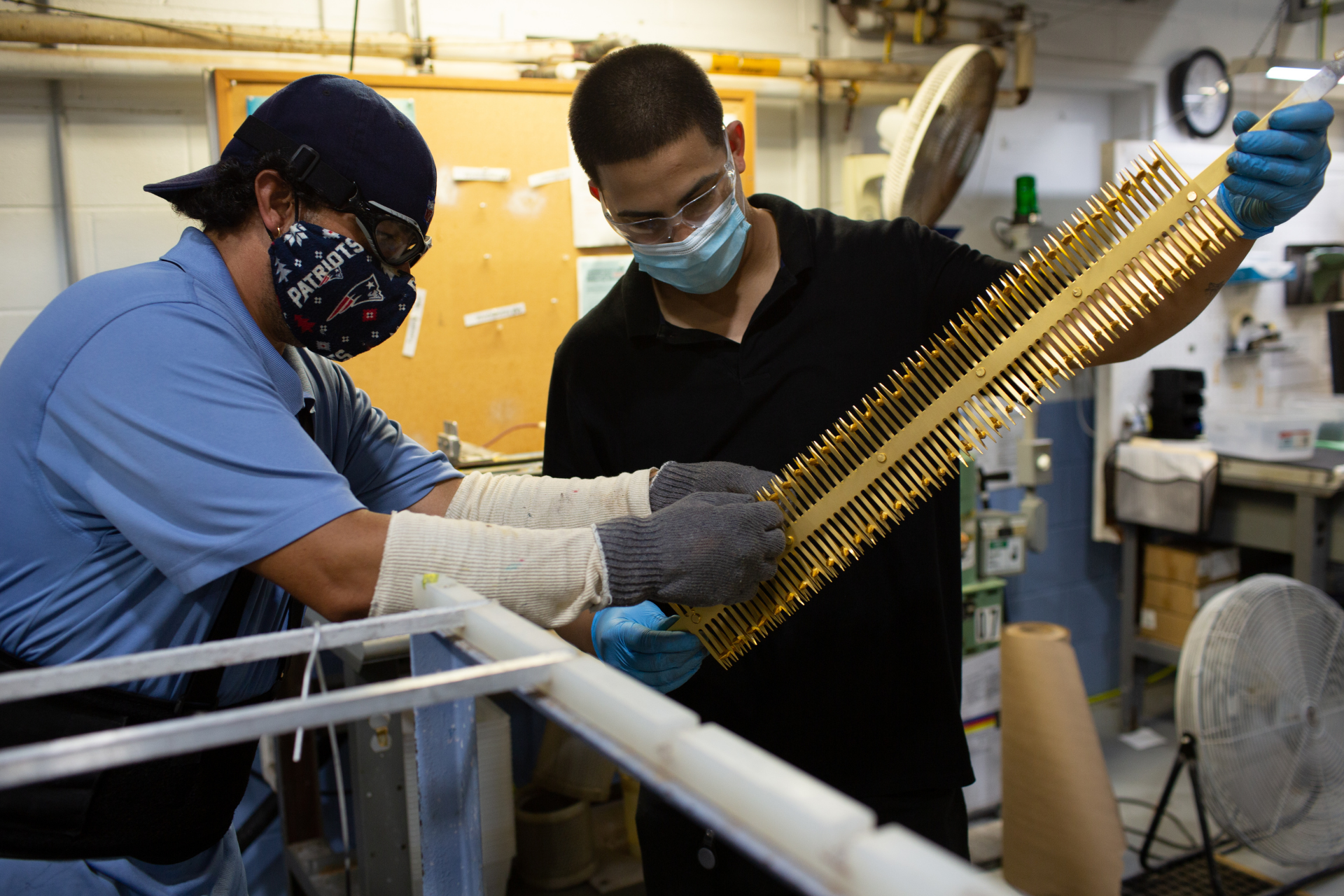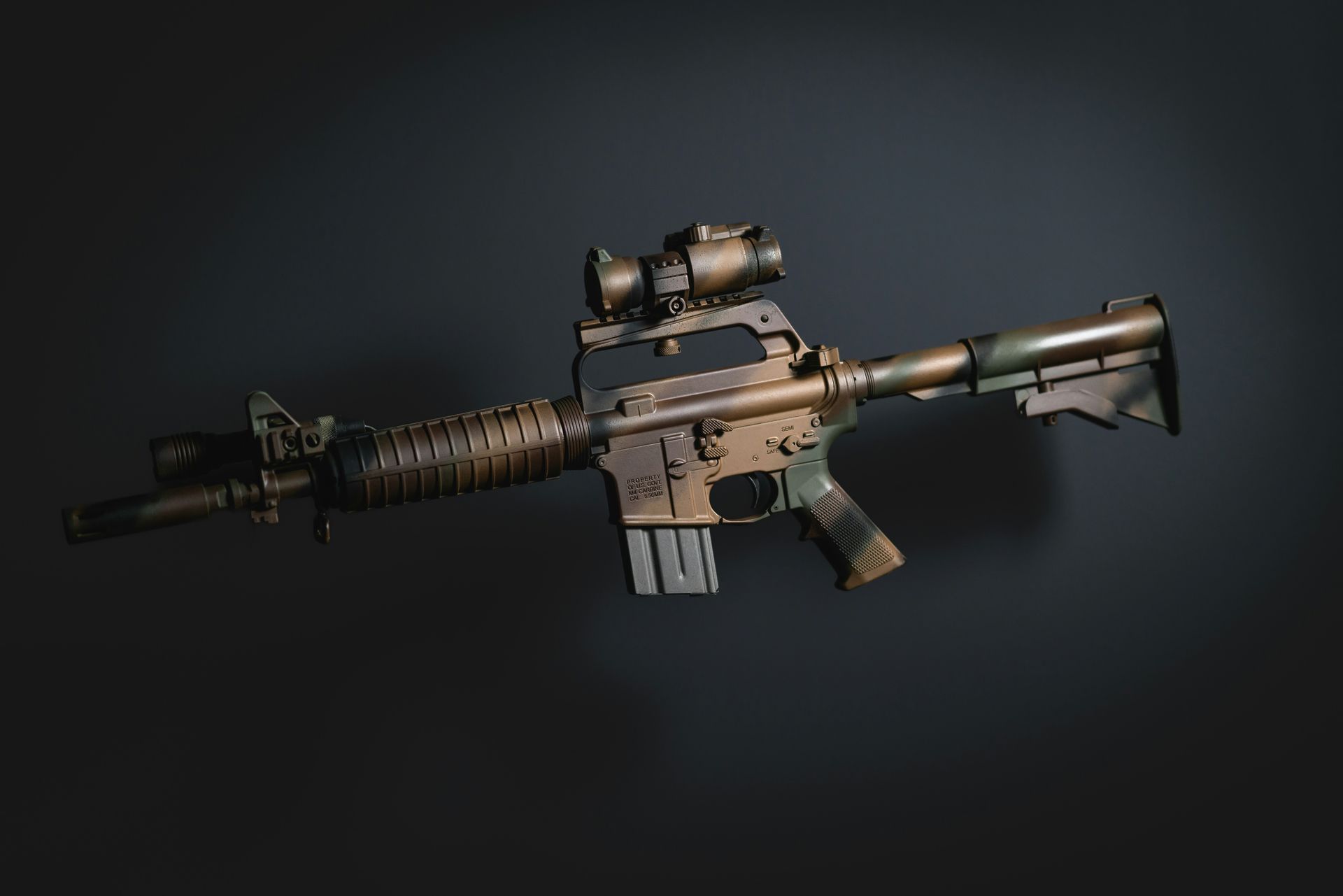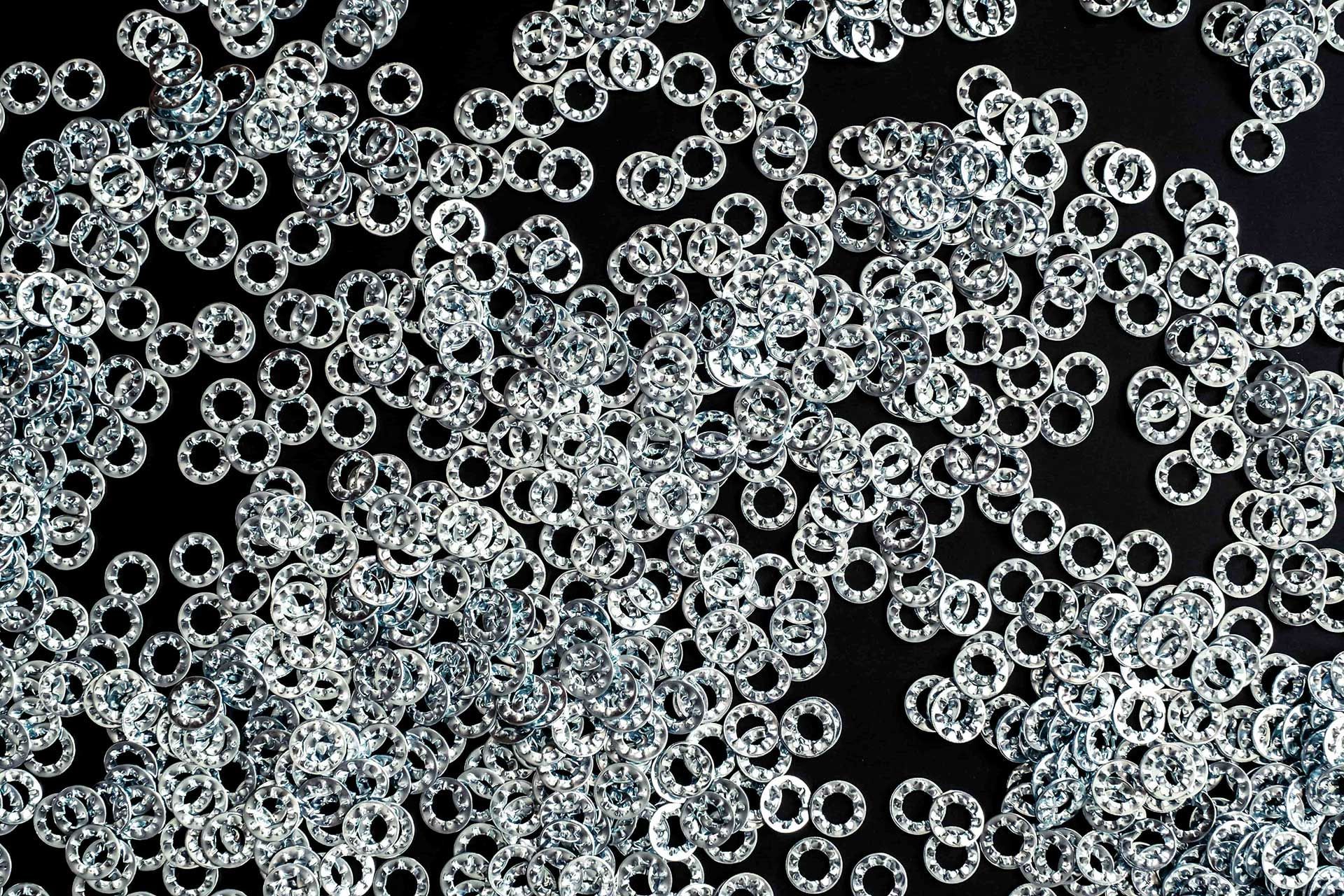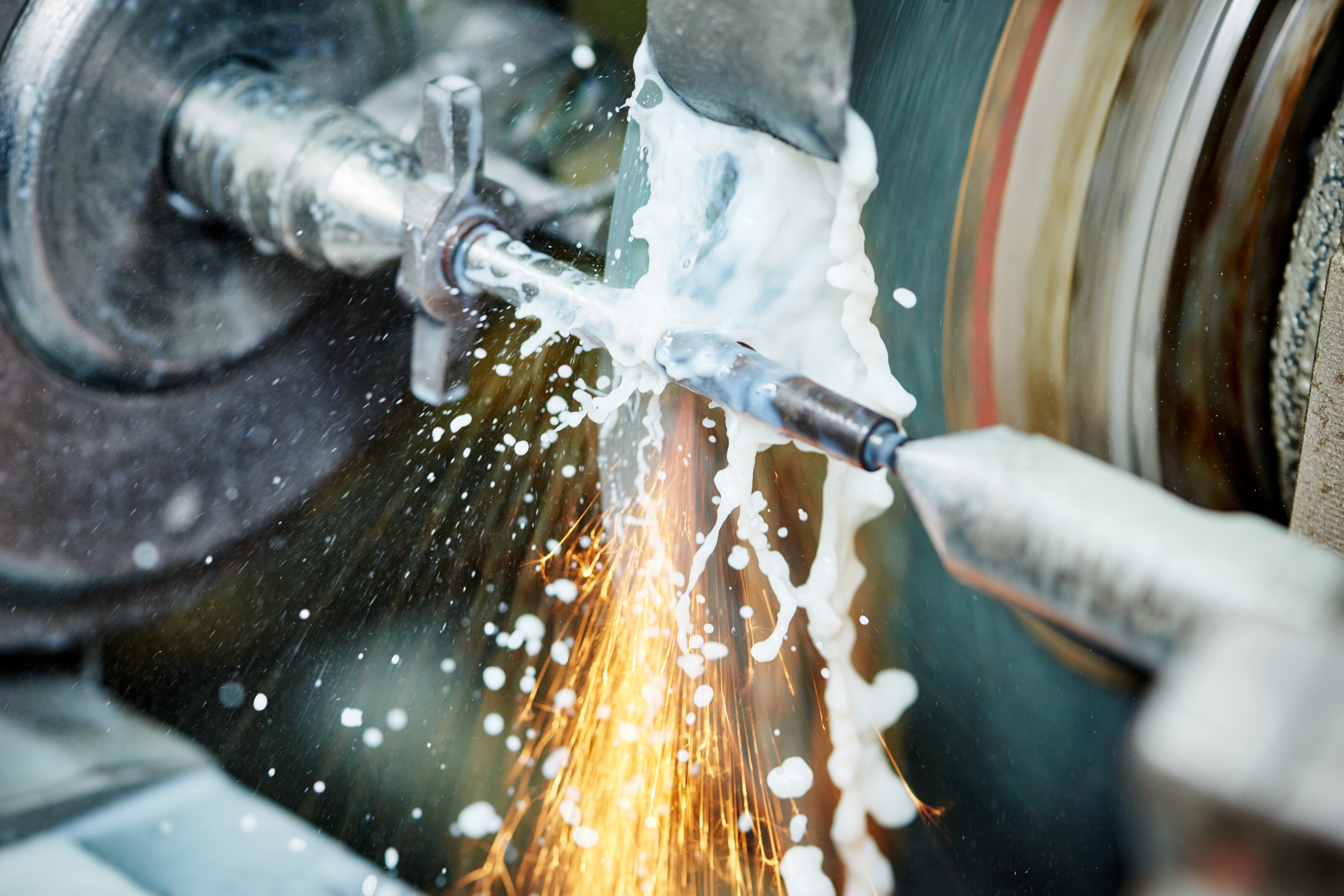Different Types of Steel Finishes & How To Choose The Right One
When manufacturing or selling steel products, one of the most critical decisions is selecting the right steel finish. Steel finishes play an essential role in enhancing the performance, durability, and appearance of the metal. But how do you determine which metal finish is best suited for your product? This blog explores the different types of steel finishes and provides guidance on how to select the ideal one for specific needs.
Alloy Steel: What You Need to Know
Steel products by themselves have always been durable, but what if such products could be manufactured to be even harder, more durable, and more resistant to corrosion? That's where alloying elements come into the picture.
Alloying elements being added to steel products have roots that date back to the 1820s, with the first commercial alloy steel coming in 1868 when tungsten was successfully added to improve its overall hardness. As research and development improved over time, so too did the understanding of how armaments and mixes of alloying elements influenced the end steel product. The most common alloy steels today include those that include:
- Chromium
- Cobalt
- Molybdenum
- Nickel
- Tungsten
- Vanadium
- Brass
- Carbon Steel
Understanding Steel Finishes
Steel finishes are applied to metal components for a variety of reasons, including improving resistance to corrosion, enhancing durability, and creating an aesthetically pleasing surface. These finishes are not just about looks; they also ensure the steel performs well in harsh environments and meets the specific requirements of different industries.
Types of Steel Metal Finishes
Steel metal finishes are applied to help improve part performance and aesthetics. There are various types of finishes that you can administer on a particular product or part. Here's a look at some of the most common surface finishes:
Phosphating
Phosphating is a popular finishing process where a phosphate coating is applied to steel to improve corrosion resistance and lubricity. This finish also provides a solid foundation for additional coatings or paints, ensuring better adhesion. Manganese phosphating, a subset of phosphating, is often used for high-performance parts, particularly in the automotive and military sectors.
Electroplating
Electroplating involves depositing a thin layer of metal onto a steel part to improve its surface properties. Metals such as zinc, brass, copper, and gold are commonly used in this process. Electroplating not only enhances the corrosion resistance of steel but can also provide an aesthetically appealing finish.
Powder Coating
Powder coating is a dry finishing process that involves applying a powder to the metal surface, which is then cured under heat to form a durable, tough finish. This method is widely used for products that require high resistance to chemicals, moisture, and UV exposure, making it perfect for outdoor and industrial applications.
Anodizing
Anodizing is an electrochemical process that converts the metal surface into an oxide layer, increasing corrosion resistance and hardness. This finish is typically applied to aluminum but can also be used for steel parts. Anodized steel parts are highly durable, and the finish can be dyed for color customization.
Passivation
Passivation is a process used primarily for stainless steel to remove free iron from the surface and enhance corrosion resistance. This is achieved through a chemical treatment, typically with nitric or citric acid, which strengthens the metal's resistance to rust and oxidation. It's commonly used in industries like aerospace and medical devices, where clean, corrosion-free surfaces are critical.
Benefits of Surface Finishes For Steel & Steel Alloys
Beyond aesthetics, steel finishes offer several key advantages:
- Corrosion Resistance: Many finishes, such as phosphating and passivation, significantly improve the steel's ability to resist rust and other forms of corrosion.
- Durability: Finishing treatments like powder coating and anodizing enhance the steel's strength, making it more durable in harsh environments.
- Improved Adhesion: Finishes like phosphating create a better surface for subsequent coatings, ensuring that paints or other finishes adhere properly.
- UV and Chemical Resistance: Steel finishes such as powder coating and anodizing help protect against the harmful effects of UV light and exposure to chemicals, making them ideal for outdoor and industrial applications.
How To Choose The Best Steel Finish Option
How do you choose the best steel finish option for your part run? There are a number of factors that should be weighed. Here’s what to consider:
End-Use Requirements
What performance characteristics does your steel part need? For example, if you’re producing a part for a marine application, you may prioritize corrosion resistance. On the other hand, if the part needs to handle heavy wear and tear, abrasion resistance may be more critical.
Industry Standards
Different industries have unique requirements for steel finishes. Aerospace, automotive, medical, and firearms industries often need specific finishes to meet strict performance standards. For example, aerospace and military sectors often use finishes like manganese phosphate or passivation for corrosion resistance, while automotive and firearms industries require finishes that enhance wear resistance and aesthetics. Medical applications demand finishes that ensure cleanliness and corrosion resistance, particularly for instruments and implants.
Precision and Tolerances
If your metal parts require high precision, processes like phosphating may be ideal due to its ability to provide a consistent and controlled coating thickness.
Aesthetic Considerations
For products where appearance is important, powder coating and anodizing offer a range of colors and finishes to enhance the product’s visual appeal, while still providing durability.
Why Work with Light Metals Coloring?
At Light Metals Coloring, we specialize in providing advanced surface finishing solutions to meet the diverse needs of our clients. Our services are tailored to various industries, including aerospace, automotive, defense, and consumer electronics.
Our Key Steel Finishing Services Include:
- Manganese Phosphating: Our state-of-the-art phosphating process enhances corrosion resistance and lubricity, meeting Mil-DTL-16232 specifications.
- Passivation: We use both nitric and citric acid passivation methods to remove free iron and improve corrosion resistance in stainless steel.
- Electroplating and Powder Coating: We provide electroplating with metals such as zinc and copper, and powder coating to increase resistance to UV light, chemicals, and abrasion.
Let LMC Help You Choose the Right Finish
Choosing the best finish for your steel metal components is critical to ensuring performance, durability, and aesthetics. At Light Metals Coloring, we understand the unique challenges each industry faces and can guide you to the optimal steel finish for your specific needs.
If you're unsure about which finish is right for your product or need help selecting the best manufacturing processes for your steel, reach out to our team of experts today. We’ll work closely with you to understand your project requirements and recommend the ideal solution.
Contact Light Metals Coloring today to learn more about our comprehensive steel finishing services and how we can help you achieve the perfect finish for your products.
